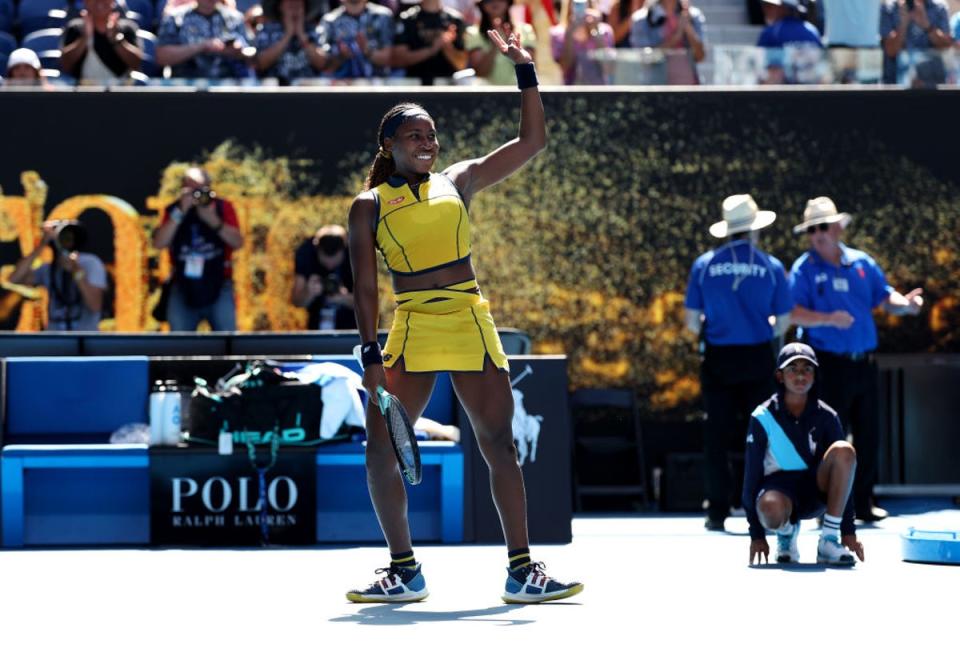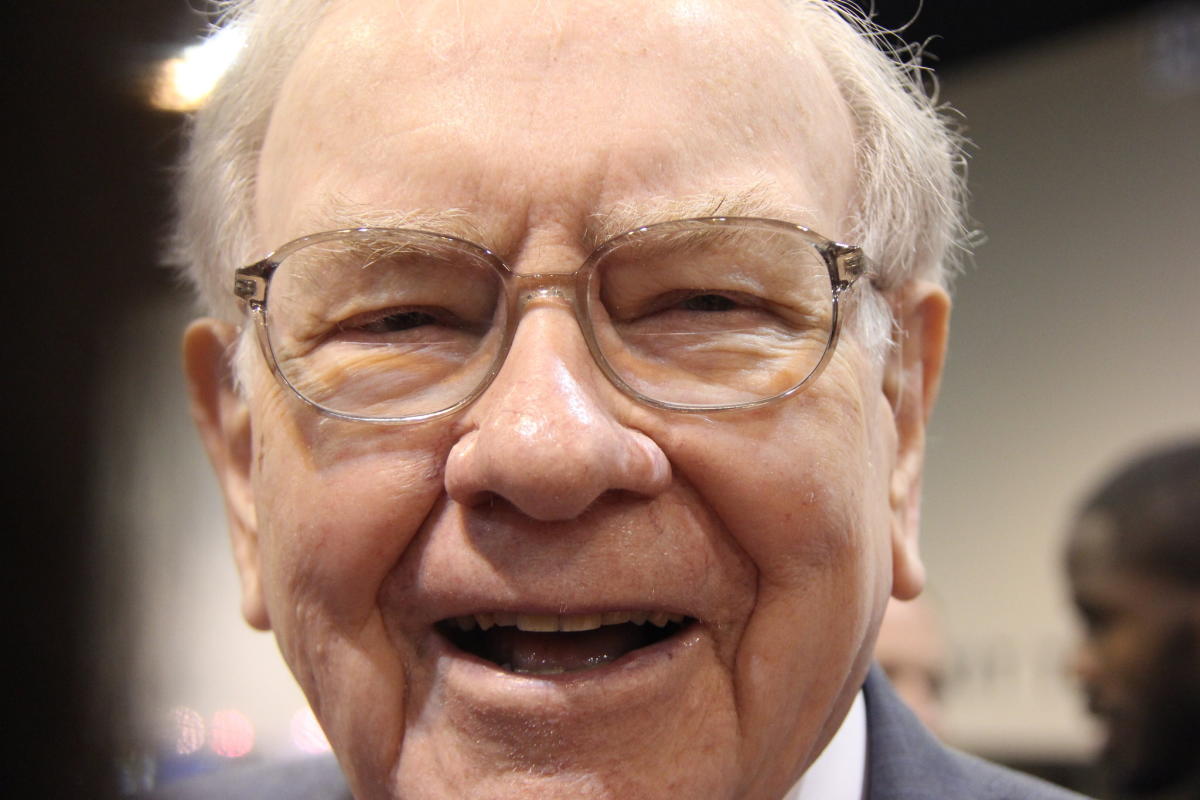As Aryna Sabalenka continued to steamroll her way through her Australian Open defence, the only thing as inevitable as her progress to the semi-finals was her opponent in the final four. When the draw was made two weeks ago, it was clear Sabalenka’s path to the Melbourne final would be blocked by a significant obstacle. But in Coco Gauff, the reigning US Open champion who defeated Sabalenka to win her first grand-slam title in September, the Belarusian was also given the chance for “revenge”. Now, the rematch is set.
Given the wildly lopsided nature of the women’s draw, it is tempting to call the immediate sequel of Sabalenka and Gauff’s grand-slam rivalry as the final before the final. With top seed Iga Swiatek and last year’s runner-up Elena Rybakina both falling before the fourth round, it has led to a wide-open top section: one of Qinwen Zheng, Linda Noskova, Anna Kalinskaya or Dayana Yastremska will play in their first grand-slam final on Saturday and will do so against a champion. Whoever progresses from Sabelanka and Gauff will be the overwhelming favourite to win their second grand-slam title and second in 12 months.
“I love it. I love it,” Sabalenka beamed. “After the US Open, I really wanted that revenge.” Sabalenka has attacked her Australian Open defence as if determined to make up for that US Open final defeat as quickly as possible: winning all five of her matches in straight sets and dropping just 16 games. She has been dominant and emphatic, spending just over five hours on court and not losing more than three games in a set. Her opponents have been unable to withstand her powerful game from the baseline or produce answers to her heavy hitting. Barbora Krejcikova, the former French Open champion and ninth seed, was meant to represent a step-up in opponent but was dismissed like those before her 6-2 6-3.
Sabalenka has also been a model of consistency after overcoming the demons that used to haunt her at the latter stages of the grand slams. The 25-year-old has now reached the semi-finals at six grand slams in a row and the change in mindset that led to her breakthrough in the Australian Open final last year has continued. “I’m not getting crazy on court, I’m not rushing things,” Sabalenka said. “I’m just playing point by point, fighting for every point without overthinking about my dreams, about what I want to do, about how many slams I want to win and all that stuff.”
If there was a player who was capable of cracking a gap in Sabalenka’s shell and revealing some of those past scars, it would be an opponent with the resilience and defensive skills of Gauff. The American turned last season’s US Open final around by forcing Sabalenka into making the extra shot from the baseline and triggering the type of “overthinking” that has quickly derailed her chances in previous grand-slam semi-finals.
The 19-year-old is now on a 10-match winning run to start the season but her semi-final victory stood as a clear contrast to Sabalenka’s. While Gauff has been assured and confident playing as a grand-slam champion for the first time, cruising through her first four matches with little fuss, Ukraine’s Marta Kosyuk demanded Gauff to “win ugly” in grinding out the 7-6 5-7 6-2 win across three hours and seven minutes. If her coach, Brad Gilbert, has written a book on the subject, it is an approach Gauff is absorbing.


“Today was frustrating because I knew how I needed to play. I just couldn’t execute,” she said. “Eventually I was able to find it, which is what I’m proud of. “Problem solving is tennis. You could play someone today and maybe a week later they’ll play you completely different. It’s a part of it. At the end of the day you’re given a scouting report but you have to go with feeling. That’s what I did today.”
On current form, Sabalenka’s powerful game is the biggest problem in tennis and the next thing Gauff will need to solve – but it is also the defending champion who has the most to prove after her US Open defeat. It may be two days early, but Thursday’s clash may be the Australian Open final after all.
Jannik Sinner sets up Novak Djokovic clash after late finish
By Eleanor Crooks
Australian Open organisers faced criticism over scheduling after a long quarter-final between Novak Djokovic and Taylor Fritz delayed the night session by more than two hours.
Djokovic battled past his American opponent 7-6 (3) 4-6 6-2 6-3 after three hours and 45 minutes, with the match starting later than expected because of Coco Gauff’s lengthy clash with Marta Kostyuk in the opening match of the day on Rod Laver Arena.
Extending the tournament to 15 days this year and scheduling only two matches in each day session was meant to avoid the sort of early-morning finishes that have become increasingly common.
But there have only been two days out of 10 so far where play has finished by midnight, and Daniil Medvedev and Emil Ruusuvuori played until 3.39am in their second-round clash.
Tuesday’s delay meant women’s defending champion Aryna Sabalenka did not start her match, which had been due to begin at 7pm, until 9.10pm, and Jannik Sinner and Andrey Rublev were not hitting their first balls until after 10.40pm.
It is Sinner who will face Djokovic on Friday after he claimed a 6-4 7-6 (5) 6-3 victory at 1.22am.

Daniel Miller is a sports fanatic who lives and breathes athletics. His coverage spans from major league championships to local sports events, delivering up-to-the-minute updates and in-depth analysis for sports enthusiasts.







